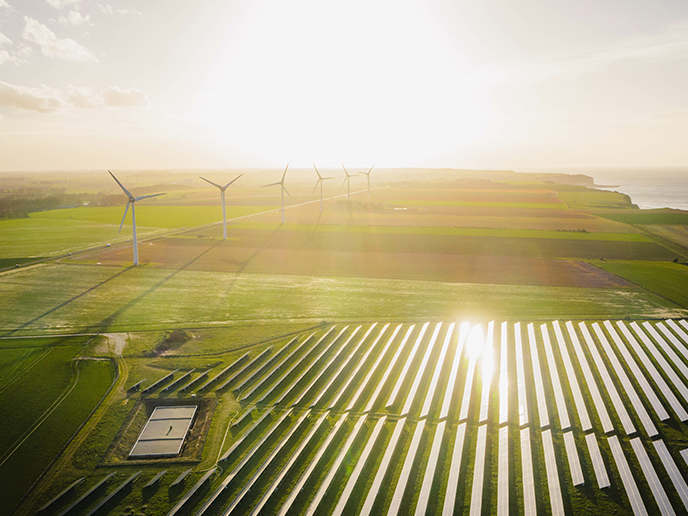Clean energy transition to REPower the EU
All of this is happening against the backdrop of Russia’s invasion of Ukraine, which brought the issue of the EU’s energy dependence to the forefront. With energy prices skyrocketing and facing a volatile energy market, the EU has no choice but to look for new means of securing its energy supply. While the quick fix solution would be to increase fossil fuel imports from other countries, doing so would jeopardise the EU’s Green Deal objectives. Energy sovereignty should not come at the cost of the climate; any decision relating to energy security must be aligned with meeting the goal of climate neutrality. Unfortunately, doing so is easier said than done. Achieving both energy sovereignty and climate neutrality will require a substantial increase in everything from energy efficiency home renovations and the decarbonisation of industry to the adoption of climate-conscious lifestyles by citizens. It will also require public-private cooperation, community engagement, new technologies, innovative infrastructure, sustainable transportation alternatives, and integrated smart grids. That’s a tall order, but one that is being delivered by the 33 EU-funded projects highlighted in this Clean energy transition to REPower the EU Synergy Info Pack. All the projects featured in the Synergy Info Pack are managed by CINEA, the European Climate, Infrastructure and Environment Executive Agency. Established by the European Commission under the motto ‘Funding a Green Future for Europe’, CINEA contributes to the European Green Deal by implementing parts of EU funding programmes for transport, energy, climate action, environment, and maritime fisheries and aquaculture. In the following pages, you’ll read about how these CINEA-managed projects are working to decarbonise industry, renovate buildings, change consumer behaviour, innovate new ways to produce renewable energy, build smart grid infrastructure, and electrify the mobility sector. Although each project comes from different sectors, countries and funding programmes, they all share a commitment to advancing Europe’s clean energy transition – a transition that will reduce Europe’s dependence on foreign-imported fossil fuels while increasing its use of home-grown, carbon-neutral renewables and diversifying alternative energy sources and technologies. In other words, thanks to EU-funded projects, Europe can continue to lead the way in becoming the first climate-neutral continent by 2050.



